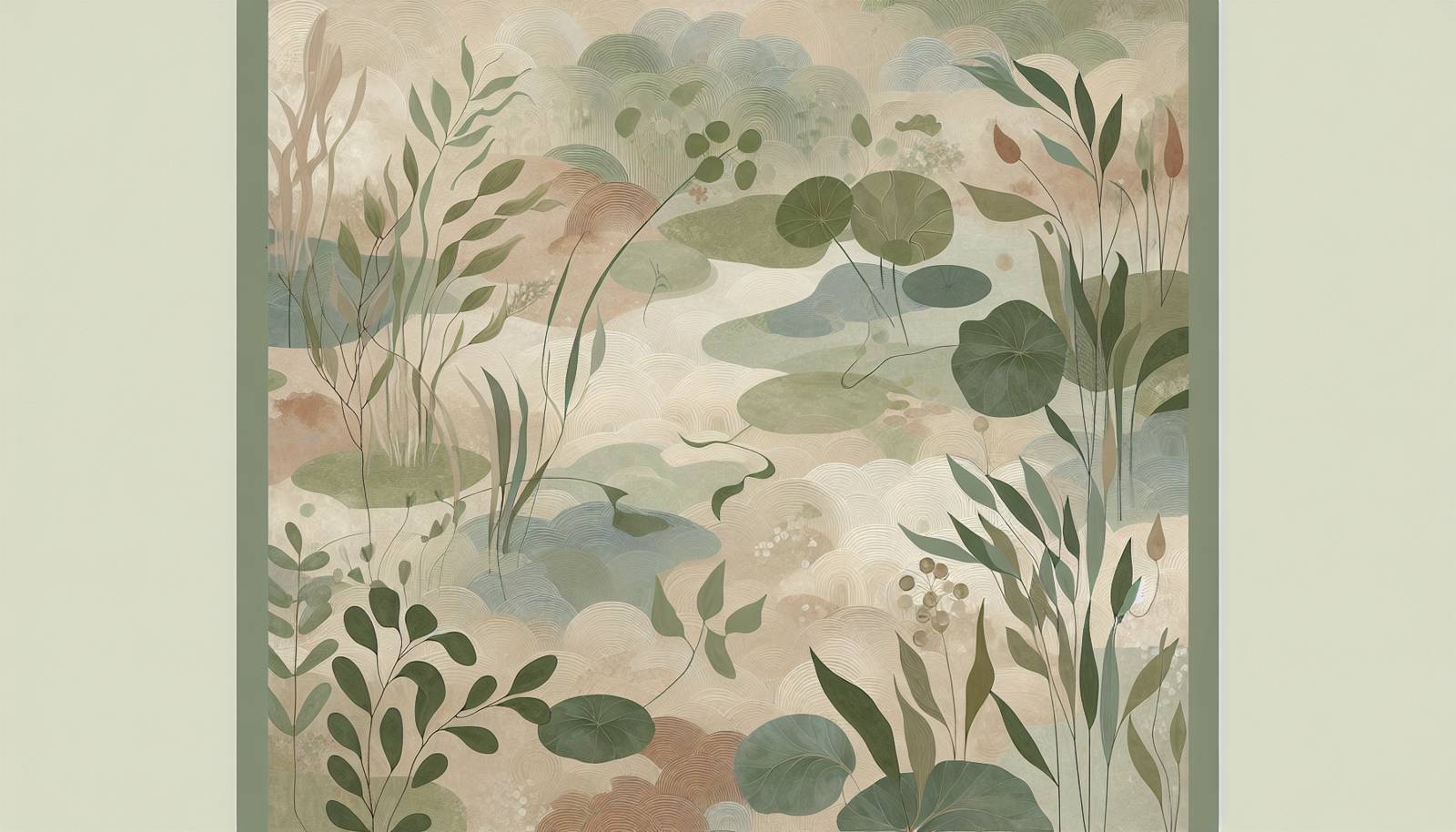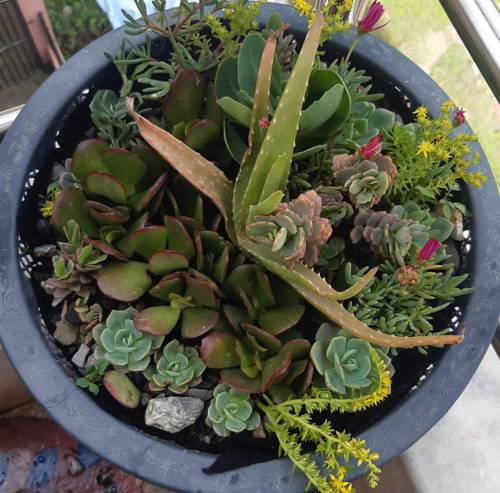
FAQ About Creating Indoor Plant Wetlands

What are indoor plant wetlands?
Indoor plant wetlands are specially designed environments created inside homes or buildings to mimic the conditions of natural wetlands. These setups allow the cultivation of aquatic or semi-aquatic plants indoors, providing a habitat that supports their growth and maintenance.

What types of plants can be grown in indoor wetlands?
Various aquatic and semi-aquatic plants can thrive in indoor wetlands. Common choices include water lilies, cattails, ferns, and horsetails. Additionally, some tropical plants such as certain types of Philodendron and Peace Lilies are well-suited for these environments.

How do indoor wetlands benefit plant growth?
Indoor wetlands offer several benefits for plant growth. They provide a stable environment with high humidity levels, constant soil moisture, and nutrient-rich conditions, all of which are essential for the health and growth of aquatic and semi-aquatic plants.

Can indoor wetlands support aquatic animals?
Yes, indoor wetlands can support certain aquatic animals like small fish, snails, or frogs, depending on the size and setup. However, it is crucial to ensure that the plants and animals chosen are compatible and have similar environmental needs.

What are the common challenges in maintaining indoor wetlands?
Common challenges include controlling humidity levels, preventing mold or algae growth, and maintaining a stable water quality. Regular monitoring and appropriate adjustments are necessary to keep the indoor wetland environment healthy.

Do indoor wetlands help with air purification?
Yes, many plants used in indoor wetlands can help purify the air. They can absorb toxins, release oxygen, and increase humidity, contributing to improved indoor air quality. Plants like Peace Lilies and Ferns are particularly effective at filtering air pollutants.

What equipment is needed to create an indoor wetland?
Creating an indoor wetland generally requires a waterproof container or structure, a suitable substrate like gravel or aquatic soil, a water filtration system, and appropriate lighting to simulate natural conditions. Additional equipment may include heaters or humidity controllers depending on the plant species.

How much space is needed to set up an indoor wetland?
The amount of space required depends on the size and complexity of the indoor wetland you wish to create. Small-scale setups like terrariums can fit on a tabletop or windowsill, while larger installations may require a dedicated area or room.

Can you use artificial lighting for indoor wetlands?
Yes, artificial lighting can be used to support plant growth in indoor wetlands. LED grow lights, which mimic the natural sunlight spectrum, are a popular choice. It's important to tailor the lighting to the specific needs of the plants you are growing.

How often should water be changed in an indoor wetland?
The frequency of water changes in an indoor wetland depends on various factors, including plant species, animal presence, and water filtration system efficiency. Generally, partial water changes every two to four weeks are recommended to maintain water quality.

Is it possible to create a self-sustaining indoor wetland?
Yes, it is possible to create a self-sustaining indoor wetland by carefully selecting plants, substrates, and animals that create a balanced ecosystem. However, achieving such a setup requires careful planning and continuous monitoring.

What substrates are suitable for indoor plant wetlands?
Suitable substrates for indoor plant wetlands include aquatic soil, sand, gravel, or a combination of these. The choice of substrate depends on the specific plant species being grown and their rooting requirements.

How do you control humidity in an indoor wetland setup?
Humidity can be controlled in an indoor wetland by using humidifiers, maintaining water levels, and covering the setup with glass or plastic to reduce evaporation. Monitoring devices can help adjust conditions to keep humidity at optimal levels for plant growth.

Can indoor wetlands be integrated into home decor?
Yes, indoor wetlands can be designed to complement home decor. They can serve as unique and functional pieces of living art, blending natural beauty with creative design elements to enhance the aesthetic appeal of indoor spaces.

What are the benefits of having an indoor wetland?
Indoor wetlands offer numerous benefits including enhanced air quality, increased humidity, and psychological well-being through the calming presence of greenery and water. They also provide a learning opportunity about ecosystems and conservation.

Are there specific design styles for indoor wetlands?
There are various design styles for indoor wetlands ranging from minimalist setups featuring a few plant species to intricate ecosystems with diverse flora and fauna. Designs can be tailored to fit personal tastes and the specific spatial constraints of the indoor area.

How do you prevent algae in indoor wetlands?
To prevent algae, ensure that the indoor wetland is not exposed to excessive natural light and maintain a balance of nutrients in the water. Using filtration systems and introducing algae-eating organisms like certain fish or snails can also help keep algae growth in check.

What role does water quality play in indoor wetlands?
Water quality is crucial in indoor wetlands as it directly affects plant health and growth. Regular testing and adjustments for pH, nutrient levels, and cleanliness are necessary to maintain an optimal environment for the plants and any accompanying aquatic life.

Can indoor wetlands accommodate tropical plants?
Yes, indoor wetlands can accommodate tropical plants by replicating their native habitat conditions such as warm temperatures, high humidity, and consistent water availability. Proper care and environmental adjustments are essential for thriving tropical plants.

How can climate conditions affect indoor wetlands?
Climate conditions, such as ambient temperature and humidity, can significantly affect indoor wetlands. It is important to monitor any changes brought by seasonal shifts and adjust the indoor environment accordingly to ensure stability for the plants.
